
Artisanal Rituals for a Memorable Customer Experience
How can brands create a more balanced and memorable customer experience by blending artisanal product quality with thoughtful everyday rituals that keep people coming back?

Is your morning brew too acidic or overwhelmingly bitter? Understanding the roast levels can help you find the perfect balance between flavor and aroma. In the world of coffee, medium and dark roasts stand out with their distinct characteristics, each offering a unique sensory experience. Medium roasts bring a harmonious blend of acidity and sweetness, while dark roasts provide a robust, full-bodied flavor with low acidity. Today, we’ll decode the flavorful differences between these two popular roasts, helping you choose the one that best suits your palate. Let’s go!
Medium roast coffee heats up to about 410-430 degrees Fahrenheit. This roast hits a balance between acidity and sweetness, giving a slightly fuller body. Known for complex flavor profiles, it can have fruity undertones and a lively aroma. The roasting stops just before oils appear, keeping much of the coffee’s natural flavors intact.
In contrast, dark roast coffee reaches 430-450 degrees Fahrenheit. This higher temperature makes beans glossy as natural oils emerge. Dark roasts are bold and robust, with more bitterness and less acidity.
Choosing between them depends on personal preference. Medium roasts suit those liking a balanced cup, and dark roasts cater to those preferring intense flavors.
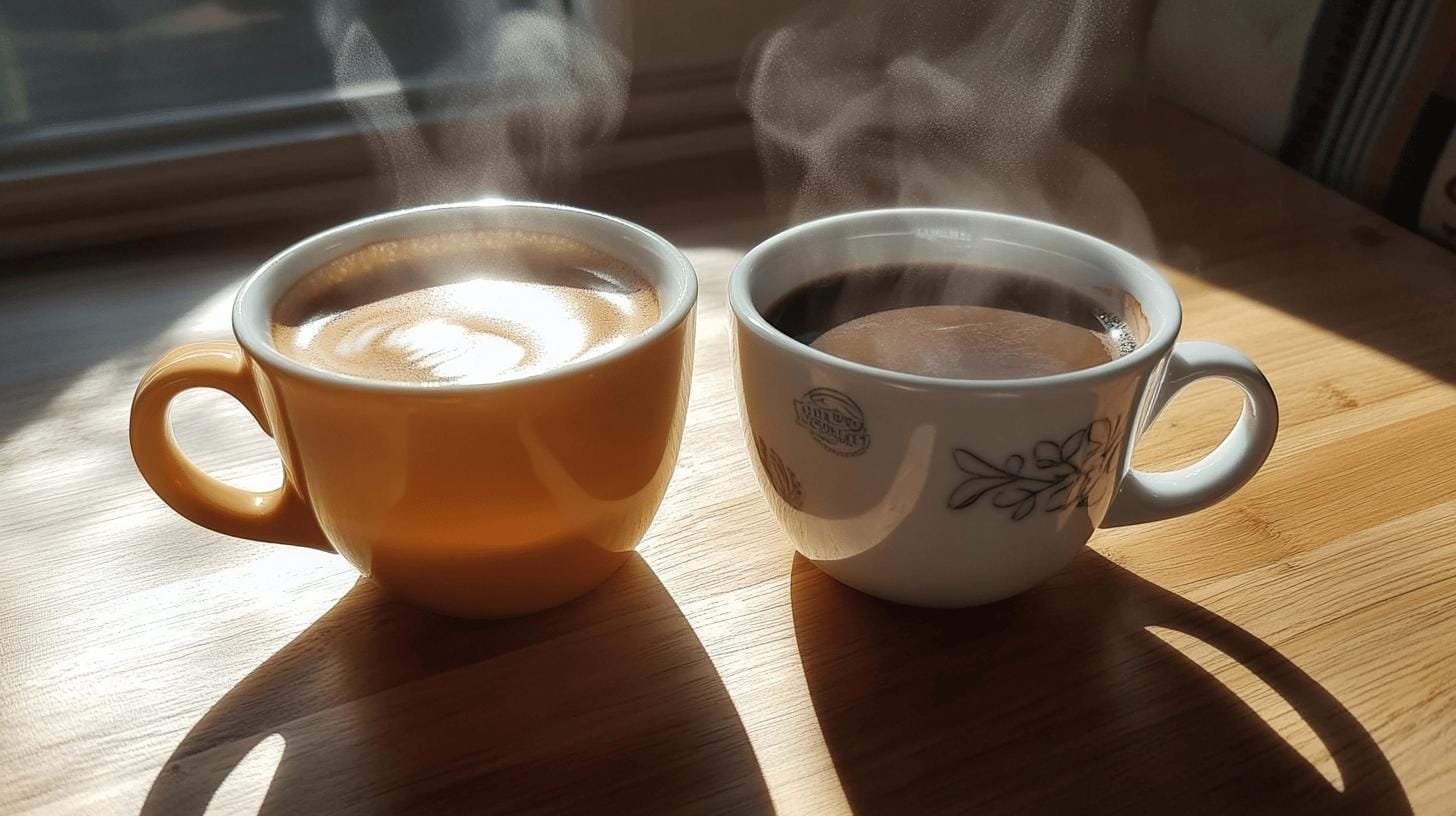
Exploring the flavor profiles of these roasts reveals a world of distinct tastes. Each level highlights different bean characteristics, suiting varied preferences.
Medium roast coffee is loved for its complex flavors, often with fruity undertones. It offers a fuller body than light roasts, providing a rich, nuanced drinking experience. Medium roasts have lively aromas, with hints of citrus or berry in every refreshing sip.
Dark roast coffee, boasts of bold flavors. The longer roast adds nutty and chocolatey undertones and a fuller body. Low acidity leads to a smooth cup. Dark roasts have a robust, smoky aroma, reminiscent of wood-fired cabins. The glossy bean sheen shows the natural oils that add to the rich flavor.
A common myth is that roast level changes caffeine content. However, it’s mainly influenced by coffee origin, elevation, species, varietal, and brewing method. Some think dark roasts have less caffeine due to longer roasting, but the difference is slight. Medium roasts often have slightly more caffeine due to shorter roasting times.
Factors affecting caffeine:
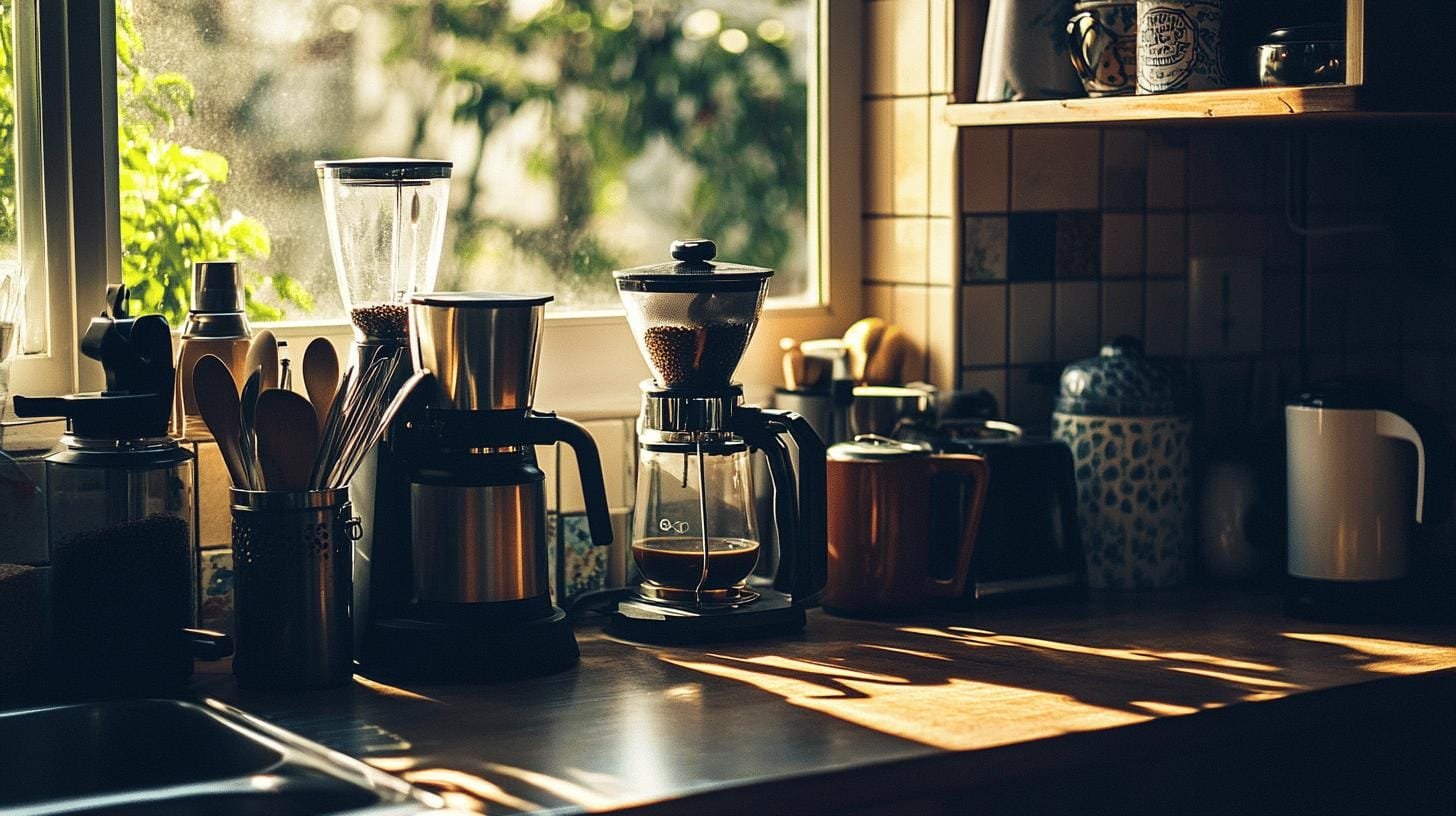
The brewing method can greatly affect your coffee’s flavor and experience. Medium and dark roasts each have unique traits best highlighted by certain techniques.
Medium roast is versatile, fitting various methods. Drip coffee makers excel, highlighting balanced acidity and fruity traits. Cold brew is another good method, as long steeping enhances complex flavors without bitterness. The French press is also great, allowing full extraction of nuanced flavors and aromas.
Dark roast benefits from methods that boost its intensity. The French press is top-rated, extracting rich, full-bodied flavors and smoky aroma. An espresso machine suits dark roasts, making shots that spotlight nutty, chocolatey undertones. The Moka pot, brewing strong, espresso-like coffee, satisfies dark roast lovers.
Dark roasts have antioxidants like N-methylpyridinium, reducing stomach acid and aiding those with sensitive stomachs. They also offer higher melanoidin levels, linked to anti-inflammatory and antimicrobial benefits. Extended roasting also breaks chlorogenic acids, making a smoother cup.
Medium roasts maintain more chlorogenic acid due to shorter roasting. These powerful antioxidants help reduce inflammation and regulate blood sugar, making medium roast a good choice for managing sugar levels. Their high antioxidant content helps prevent chronic diseases.
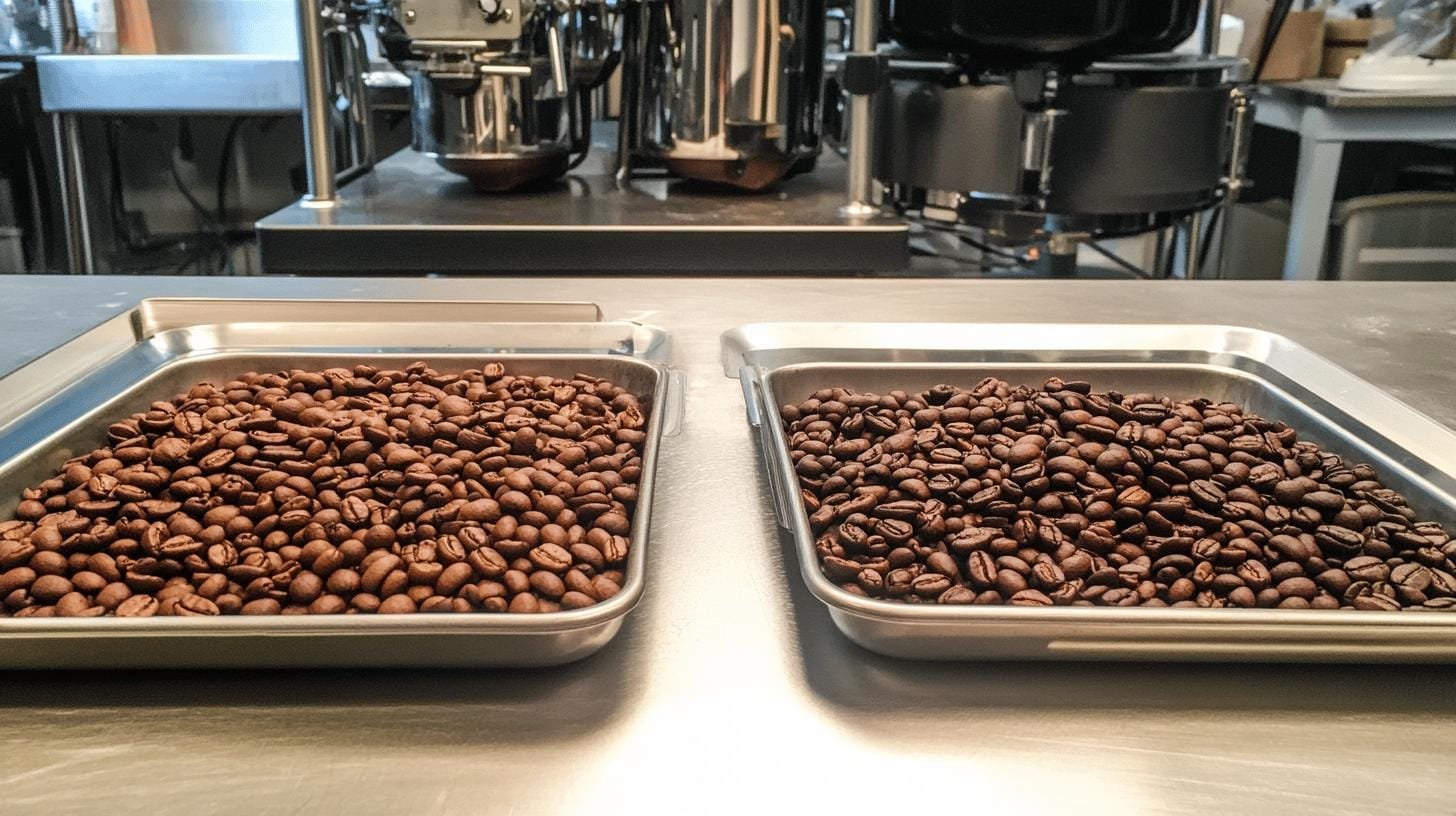
The roasting process changes coffee beans’ color, density, bitterness, and flavor. Knowing medium and dark roast methods helps appreciate their qualities.
Medium roast uses moderate temperatures, 410-430 degrees Fahrenheit. Roasting stops before oils appear, preserving much of the coffee’s original flavors with balanced acidity and sweetness. Beans turn medium brown, offering a richer experience than lighter roasts.
Dark roast undergoes more intense roasting, reaching 430-450 degrees Fahrenheit. The long roast creates glossy oils on beans, breaking down more flavors to make bold, robust tastes with low acidity. Beans become deep brown and smoky, adding to their intensity.
Home-roasting lets you control roast levels, ensuring freshness and flavor. Customizing the process suits your taste, whether you prefer medium’s complexity or dark’s intensity. Most commercial beans roast in large batches and may sit for weeks before purchase. Home-roasting enables peak freshness.
The main advantage of home-roasting is the enhanced sensory experience. Freshly roasted beans are rich in volatile compounds contributing to aroma and flavor. These break down post-roasting, so store-bought beans can’t match home-roasted coffee’s sensory quality. The result is a more aromatic, flavorful, and satisfying cup.
Investing in home-roasting gear can boost your daily coffee, creating a personalized, high-quality experience exceeding commercial offerings.
In the action of comparing medium vs dark roast coffee, this article highlighted their unique characteristics. Medium roasts offer balanced acidity and fruity undertones, while dark roasts are known for bold, robust flavors. The caffeine content remains similar, depending more on other factors than roast level. Brewing methods vary to enhance each roast’s distinct profile, providing a tailored experience.
With the knowledge gained, you can now choose and brew the perfect cup that aligns with your taste preferences and desired caffeine boost.
Medium and dark roast coffee strength is subjective and reliant on flavor, not caffeine content. Dark roasts offer bolder flavors, while medium roasts provide a balanced taste.
The best coffee roast depends on personal preference. Medium roast provides balanced flavors, while dark roast offers bold, robust flavors with low acidity.
Medium roast is known for fruity undertones and balanced acidity. In contrast, dark roast offers nutty, chocolatey undertones with a fuller body and low acidity.
Caffeine content is similar between roasts, but medium roasts might have slightly more due to a shorter roasting time.
Dark roasts contain antioxidants like N-methylpyridinium, supporting stomach health. Medium roasts retain more chlorogenic acid, beneficial for reducing inflammation and regulating blood sugar.
Medium roast coffee typically has balanced acidity, while dark roast coffee has low acidity, resulting in a less sour taste.

How can brands create a more balanced and memorable customer experience by blending artisanal product quality with thoughtful everyday rituals that keep people coming back?

Independent coffee shops have always been about more than caffeine—they’re hubs of creativity, connection, and care. As café culture continues to evolve, new trends are
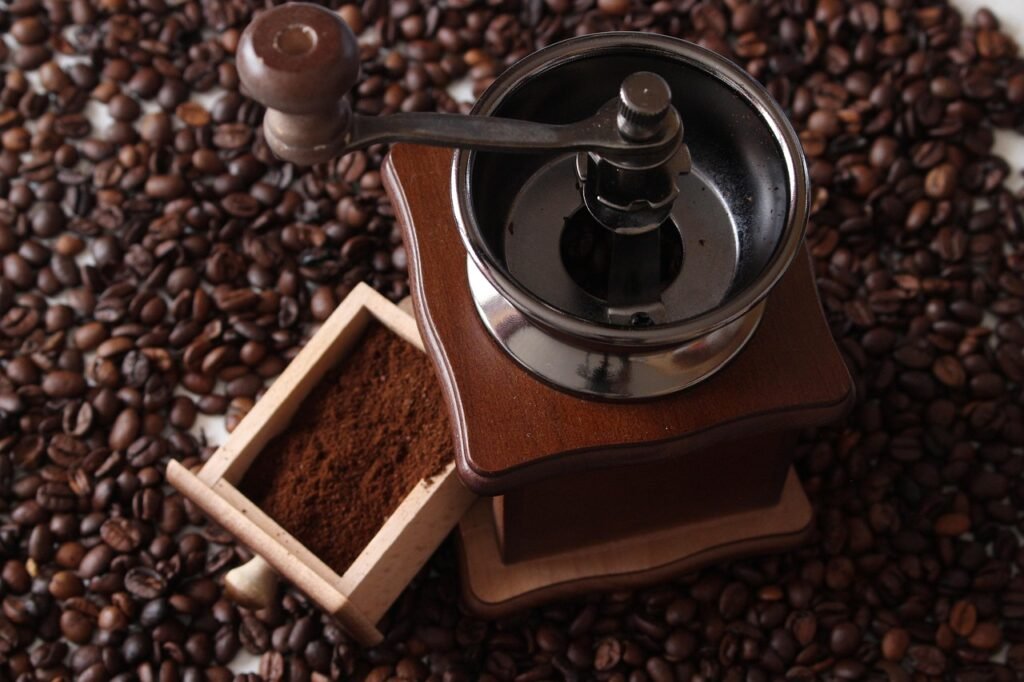
Introduction Independent cafes win when they feel like the neighborhood’s living room and operate with the discipline of a great kitchen. Below is a quick
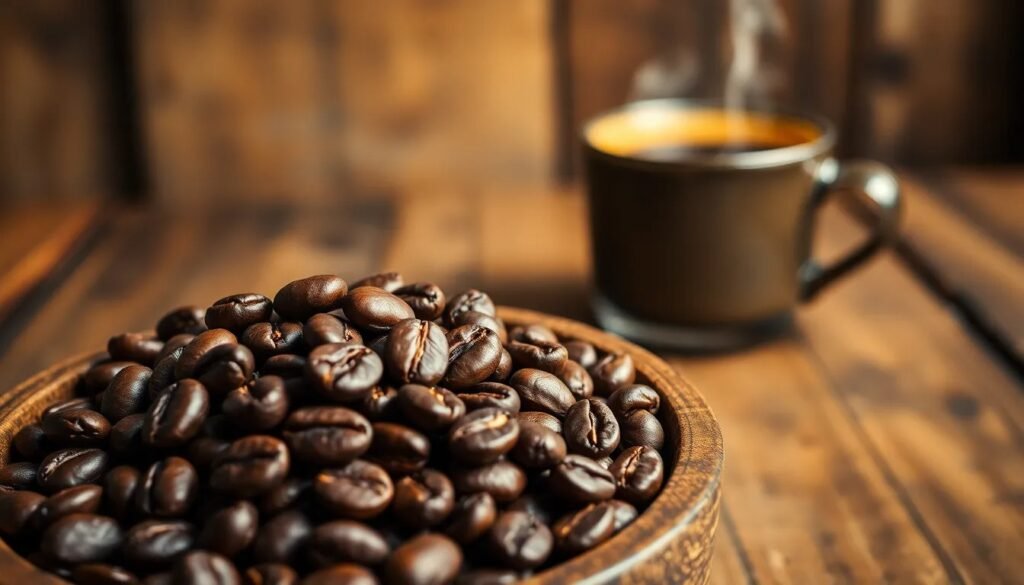
Discover how top specialty coffee brands create lasting loyalty through storytelling, sourcing, and community connection. Real tips from 6 industry experts.

Discover the ultimate showdown between two beloved coffee brewing methods: the French press and Chemex. Explore how each technique caters to distinct palates, with the French press delivering bold flavors and the Chemex presenting a bright, clean taste.

Unlock the secrets to brewing the perfect cup of coffee with our comprehensive guide on using a coffee scale. Discover how precise measurements enhance flavor and consistency while eliminating bitterness.

Discover how water temperature plays a vital role in brewing the perfect cup of coffee. This article delves into the ideal temperature range of 195°F to 205°F for optimal flavor extraction, enhancing the enjoyment of high-quality beans.

Discover the world of curated specialty coffee bundles, perfect for enthusiasts seeking quality and craftsmanship. This article explores the benefits of ethically sourced, small-batch beans from brands like Equipoise Coffee, offering diverse flavor profiles that elevate your brewing experience.

Discover the art of manual brewing to elevate your coffee experience! This article explores various techniques like pour-over, French press, and AeroPress, revealing how they enhance flavor and your connection to every cup.